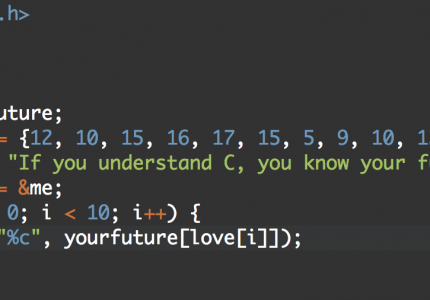Years ago, myself and an accomplice were perusing speakers we couldn’t afford at a Bose store. A discussion with one of the store employees over the diminutive Bose speakers prompted thoughts of cords running along the wall. “But without the cords, you wouldn’t have a power source”, I thought out loud. “Guess we’ll have to wait until they invent wireless power”.
As if I’d just dropped my pants and started doing the helicopter, this of course lead to the strangest looks I’ve ever been given by two human beings at the same time. Without so much uttering a word, the two women standing in front and to my left shot me a look to say: “What the hell is this guy talking about, and which world did he come from?”
Flash forward to 6 years later. I’m sitting here at my desk at work on a beautiful Sunday afternoon and I run across this little bit of news: Intel cuts electric cords with wireless power system.
Now who’s the crazy one? LOL.
Aaaanyway, the looks I got from those two women were probably justified. I didn’t have any words to explain my thinking at the time, as the thought just randomly popped into my head in the spur of that moment. But apparently this is nothing new. Tesla was working on methods of implementing wireless power over a hundred years ago … it’s about time a big company did something to continue his legacy.
Previous wireless power systems consisted basically of firing lightning bolts from sending to receiving units.
Great quote.
“It turns out the human body is not affected by magnetic fields; it is affected by elective fields. So what we are doing is transmitting energy using the magnetic field not the electric field.”
Examples of potential applications include airports, offices or other buildings that could be rigged to supply power to laptops, mobile telephones or other devices toted into them.
The technology could also be built into plugged in computer components, such as monitors, to enable them to broadcast power to devices left on desks or carried into rooms, according to Smith.
“Initially it eliminates chargers and eventually it eliminates batteries all together,” analyst Rob Enderle of Enderle Group said of Intel’s wireless power system.
Awesome stuff …



